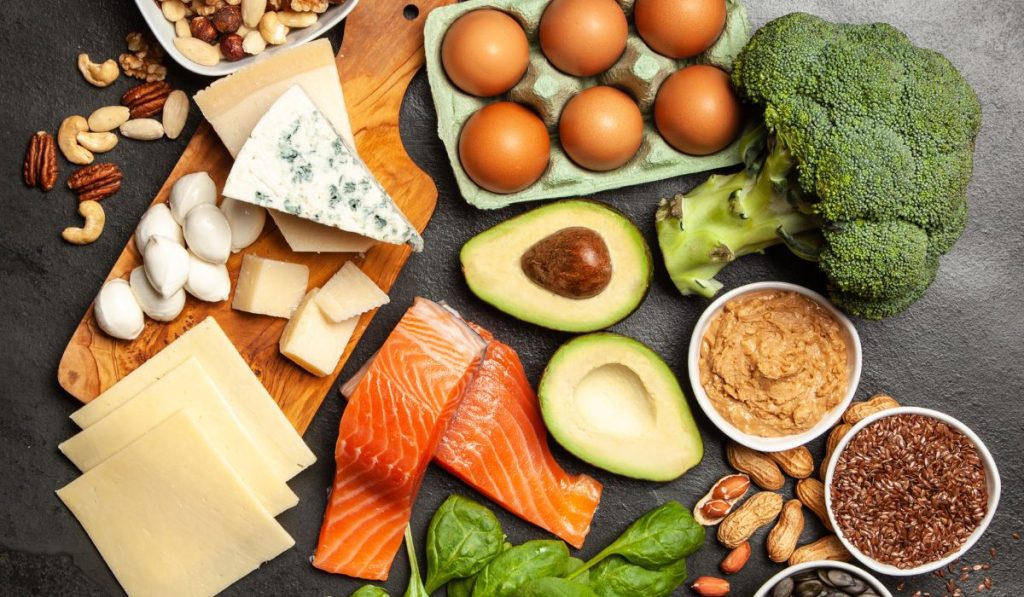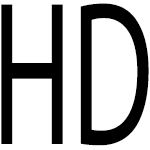A keto diet can be confusing for those new to the lifestyle. Getting the balance right is key to success.
The low-carbohydrate, high-fat eating plan is known for its weight loss benefits, but it can be a challenge to stick with long term. Short-term side effects include flu-like symptoms, called keto flu, and shifts in sodium, potassium and other minerals (40). A registered dietitian can help you work through these challenges.
What is a keto diet?
The keto diet, also known as the ketogenic diet, is an eating plan that restricts carbs to help you reach a metabolic state called ketosis. When you go into ketosis, your body burns fat for fuel instead of glucose and produces acids called ketones. This process is sped up if you don’t eat enough carbohydrates.
The most common form of the keto diet is high-fat, low-carbohydrate. It is often recommended for weight loss, but it’s also used to treat other health conditions such as diabetes and heart disease. The diet is popular amongst people with type 2 diabetes because it can improve insulin resistance by reducing the amount of glucose in the blood.
Despite its popularity, there are several things to consider before starting the keto diet. For one, you should make sure to get enough vitamins and minerals. This is because the keto diet restricts many nutrient-rich foods, such as legumes, whole grains, and starchy vegetables. This may lead to nutrient deficiencies and other health problems.
Additionally, the keto diet can have a negative impact on your cholesterol levels. It may cause your good cholesterol (HDL) to decrease and your bad cholesterol (triglycerides) to increase. If you’re considering the keto diet, it’s a good idea to have your cholesterol checked before and after following the diet.
Another potential pitfall is the keto flu. This is when your body is adjusting to the new way of burning energy. The best way to prevent the keto flu is to drink lots of water and replenish your electrolytes.
Additionally, it’s important to avoid sugary beverages like soda and juice. These can increase your triglyceride levels and lead to other health complications. Instead, try to hydrate with water and unsweetened drinks. You should also eat plenty of protein to prevent muscle loss. You can eat eggs, deli meats, fish, nuts, and cheese. It’s also helpful to have a snack ready when hunger strikes. This way you can eat something quickly without triggering an insulin spike. This will help you stay in ketosis longer and avoid stalls in your weight loss.

How do I start a keto diet?
For many people, carbohydrates like breads, pasta, and potatoes make up the majority of their calories. On a keto diet, however, these foods are swapped out for low-carb foods rich in healthy fats. The goal is to swap out glucose (sugar) calories for fat calories, which are burned more efficiently as energy. While the diet is fairly restrictive in terms of carbs, it is relatively easy to follow and does not require much cooking skills.
The key to the keto diet is understanding and tracking macros. These are the proteins, carbohydrates, and fats in your food. By tracking your macros, you can make smart choices about which foods to eat and avoid. There are several free mobile apps that can help you track your macros, including My Fitness Pal and Carb Manager.
Another important tip for the keto diet is to eat a variety of foods. A well-rounded keto diet includes a wide range of healthy vegetables, meats, eggs, and nuts and seeds. Try to avoid processed foods, which are typically high in sugar and additives.
In addition to eating a variety of foods, it is important to drink plenty of water and exercise regularly. A keto diet can help you achieve a healthier body weight by burning excess fat and reducing your appetite. However, it is still important to keep track of calories. Carbohydrates and protein provide 4 calories per gram, while fat provides 9 calories per gram.
The keto diet is also not recommended for those with gallbladder or pancreatic problems. The increased amount of fat can strain these organs, and could lead to abdominal pain and discomfort. It is also not suitable for those taking psychiatric medication or suffering from mental health conditions.
It can be challenging to follow a keto diet when dining out, particularly for beginners. Hidden sugars in sauces and dressings, limited menu options, and the temptation of indulgent desserts can make it difficult to stick with a keto meal plan. However, it is possible to enjoy delicious keto meals when dining out by scoping out the menu ahead of time and ordering dishes that are high in protein and low in carbohydrates. Having some keto-friendly snacks on hand, such as olives, nuts, and charcuterie plates can help you manage hunger between meals and stay on track while dining out.
What foods can I eat on a keto diet?
Typically, a keto diet centers on fat and moderately on protein. Carbs are usually restricted to less than 50 grams per day. The goal is to swap the glucose calories in your body with healthy fats like olive oil, butter, unprocessed nuts and avocado. During this process your body will become “keto-adapted,” meaning that it can now use fat as its primary fuel. It may take some time to get used to this new energy source and you may experience some short-term weakness or loss of endurance. This is normal and will improve as your body gets used to using fat for fuel.
Foods to eat on the keto diet include low-carb vegetables such as lettuce, swiss chard and kale; fish, poultry, pork, and lean meats; eggs; cheese (particularly cheddar, monterey jack, and brie); nuts (walnuts, almonds, and pistachios), berries and other non-starchy fruits, and most dairy products, including cream, kefir, and cottage cheese. In addition to being high in fat, nut and seed foods are rich in vitamin E, which is important for eye health.
If you are following a keto diet, it is important to make sure that you track your calorie and carb intake and remain in ketosis to reap the benefits of this eating pattern. A ketogenic diet has been shown to be effective for weight loss and some health conditions like type 2 diabetes and metabolic syndrome.
However, because of the strict dietary restrictions, it is easy to experience nutrient deficiency and/or calorie depletion. This is particularly common for those who are new to the keto diet. Some people also experience a temporary side effect known as the keto flu, which includes fatigue, headache, nausea and cramps. It is a sign that the body is transitioning to using fat for fuel instead of carbohydrates and can be alleviated by drinking more water or consuming a bouillon cube or Powerade Zero as a way to replace lost electrolytes. If these symptoms persist, talk to a doctor or dietitian for advice. They may suggest adding in some starchy vegetables or adding back in some of the high-carb foods to see if this helps.
What foods should I avoid on a keto diet?
While many foods can be part of a healthy keto diet, there are some that should be avoided. These include sugary drinks, refined flour and grains, processed meats (especially those with added fats), potatoes and other starchy vegetables, legumes, and some fruits. These foods can cause bloating, digestive issues and micronutrient deficiencies.
Sodas: While a single cup of iced coffee may contain just 2 grams of carbs, the average soda contains over 9 grams. Sodas are often high in sodium and sugar, which can lead to dehydration, increased blood pressure, and other health problems.
Processed meats: While some processed meats are considered to be keto-friendly, many others should be avoided because they can be high in saturated fat and have been linked to heart disease and stroke. If you are going to eat processed meats, choose those that are low in calories and saturated fat and are cooked with the smallest amount of oil.
Flours and grains: Most flour-based products are off limits on the keto diet, including breads, pastas, and cereals. Instead, try replacing these with whole grains such as quinoa or buckwheat, which are lower in carbs and higher in protein.
Potato chips: A single ounce serving of these chips has over 14 grams of carbs. A healthier alternative is to finely chop a variety of nuts and seeds, add white vinegar and salt, then wrap them in sheets of nori seaweed to make homemade potato chips.
Dried fruit: While a nutritious snack, dried fruits are typically high in sugar and should be limited. A single pitted medjool date has 18 grams of sugar, while a 14 cup of mixed dried fruits has 31 grams of carbs.
Although keto dieters are able to get plenty of nutrients from non-starchy vegetables such as greens, some starchy vegetables like beets and corn can be problematic. These vegetables can be a good source of fiber and dietary iron, but they are also high in carbohydrates and should be eaten sparingly to keep your carbohydrate intake below 20 grams per day. Instead, consider adding other veggies with a low carbohydrate count to your plate, such as red bell peppers, which have just 2.9 g of net carbs in an entire small pepper.
